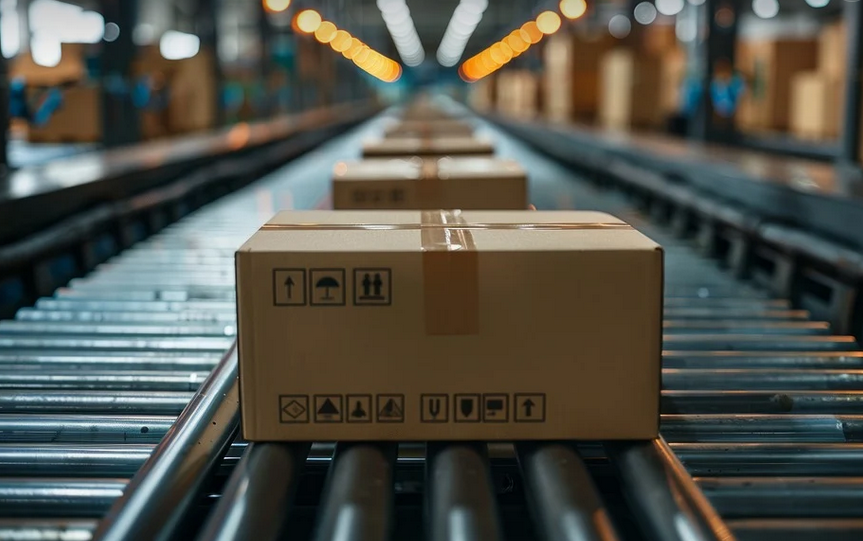Is Atm Still In Business?

A Quick Look at the Future of ATMs
Forget everything you think you know about those clunky, old machines in your local bank or convenience store. The world of ATMs is changing faster than ever before!
While these automated teller machines might seem like relics of a bygone era, they’re far from extinct! The reality is that ATMs are still very much in business, playing an important role in the global financial landscape, albeit with a few key shifts in strategy.
What Makes ATMs So Relevant?
We live in an increasingly mobile world, and cash continues to play a vital role in many cultures around the globe. This makes ATMs essential for everyday banking needs: from withdrawing cash for small purchases to accessing funds on the go.
Beyond their ability to dispense cash, ATMs provide a crucial bridge between traditional banking and digital finance. They offer convenient access to basic financial functions like bill payments, money transfers, and checking account information – all in a familiar setting.
The Rise of Digital Banking: A Double-Edged Sword
One of the biggest changes in the ATM industry is the rise of digital banking. Online banking platforms offer unprecedented levels of convenience, security, and control over personal finances.
However, this evolution has also presented new challenges for traditional ATMs. Consumers are increasingly drawn to online tools, leaving physical locations struggling with declining foot traffic. Many banks have been forced to adapt their strategies in the face of fierce competition from tech giants (think Apple Pay and Google Wallet)
The Future of ATMs: Evolving to Survive
Despite the digital revolution, ATMs remain a valuable asset in modern banking. Their strength lies in providing physical access to financial services for those who lack reliable internet access or prefer face-to-face interactions. They allow users to conduct transactions that are easier to complete at an ATM than online.
The future of the ATM hinges on innovation and strategic adaptation. To stay relevant, they must evolve alongside the dynamic financial landscape:
- **Mobile-First Enhancements:** ATMs could be programmed to allow for more interactive transactions, including mobile check deposits, QR code payments, and even contactless card purchases.
- **Financial Inclusion:** ATMs can play a crucial role in empowering marginalized communities with financial access, especially in developing nations where internet connectivity is limited.
- **Partnerships & Integration:** ATMs should collaborate with other service providers like grocery stores or pharmacy chains to offer a wider range of services and enhance convenience for customers.
This evolution will require ATMs to become more than just cash dispensers. They must evolve into integrated financial hubs that cater to the ever-changing needs of consumers, bridging the gap between physical interactions and digital finance.
The Bottom Line: ATMs are Here to Stay
In conclusion, ATMs are far from a relic of the past. They continue to serve as integral parts of the financial ecosystem, adapting and evolving with changing consumer needs. The future will likely see a blend of traditional and digital services, with ATMs playing a key role in bridging the gap between the two.


